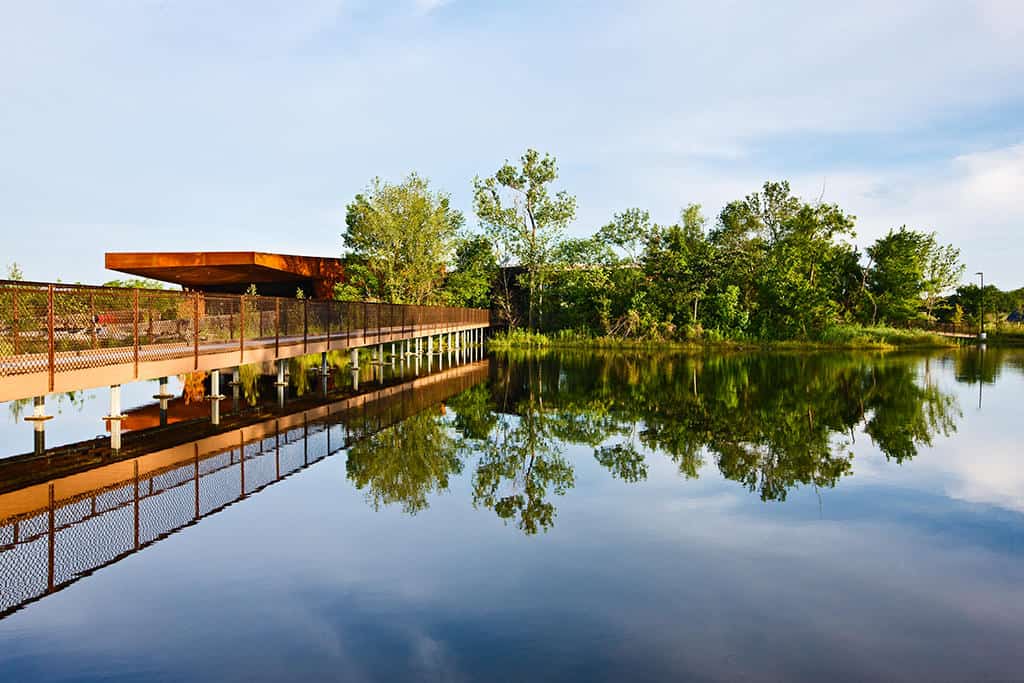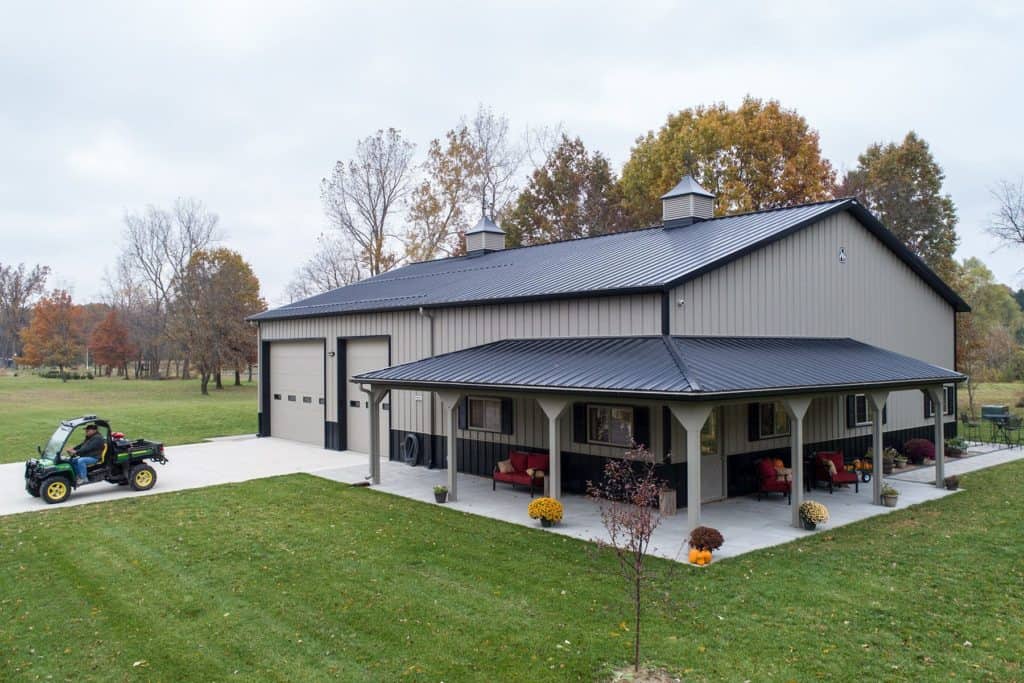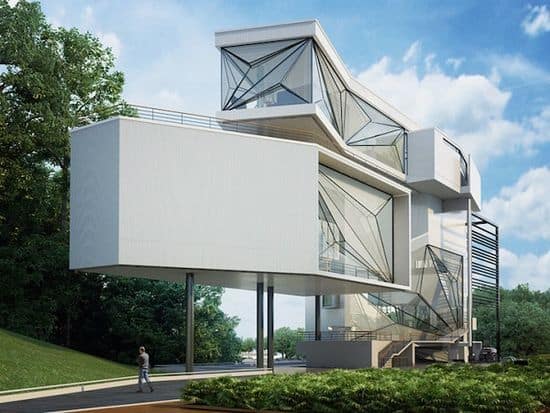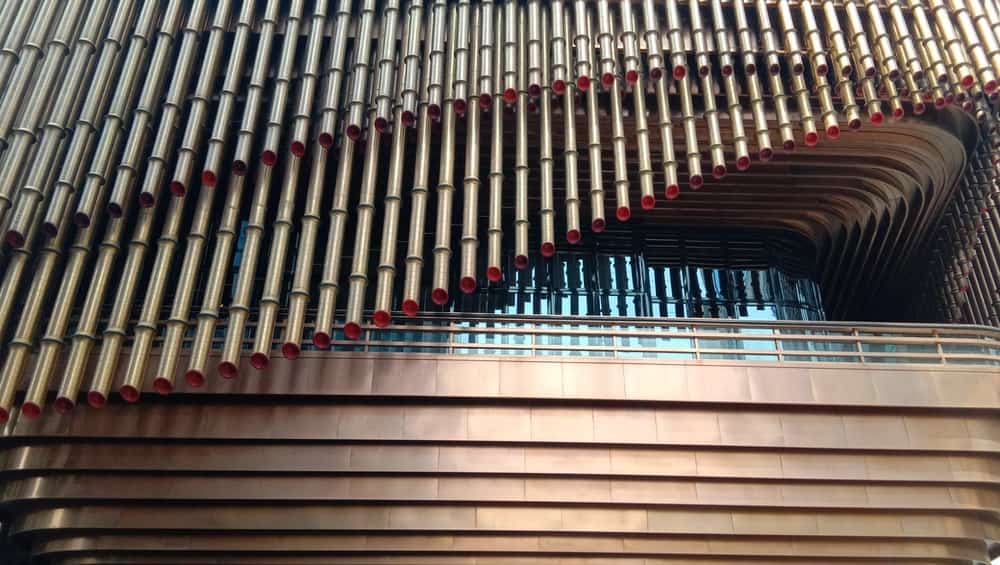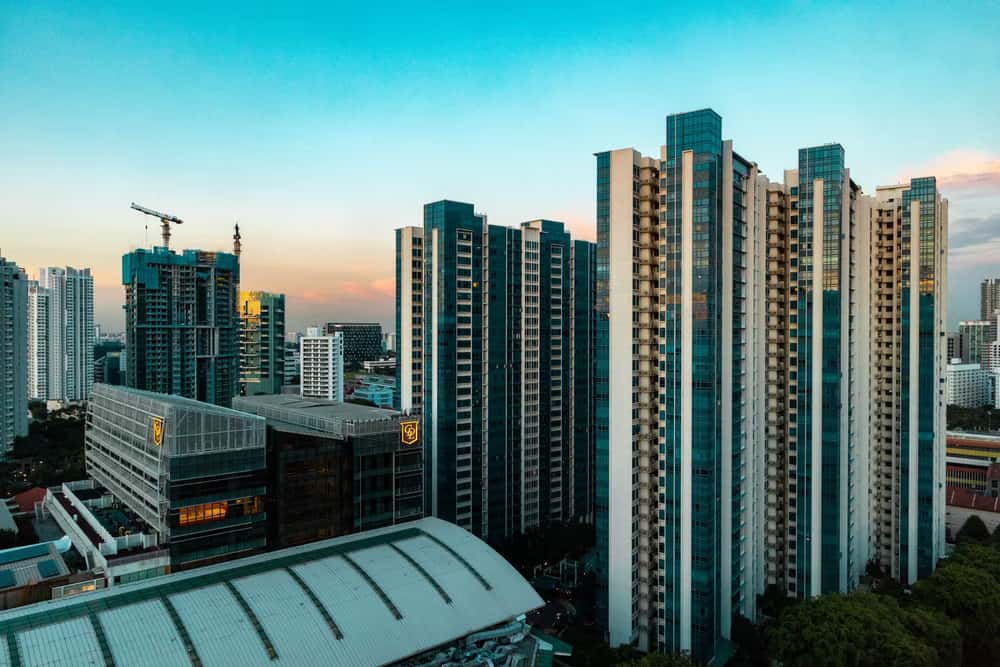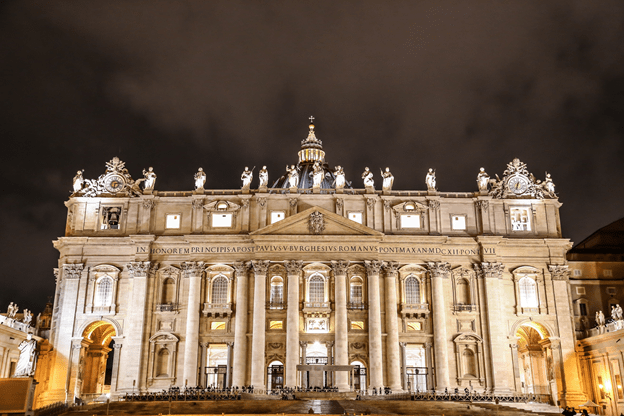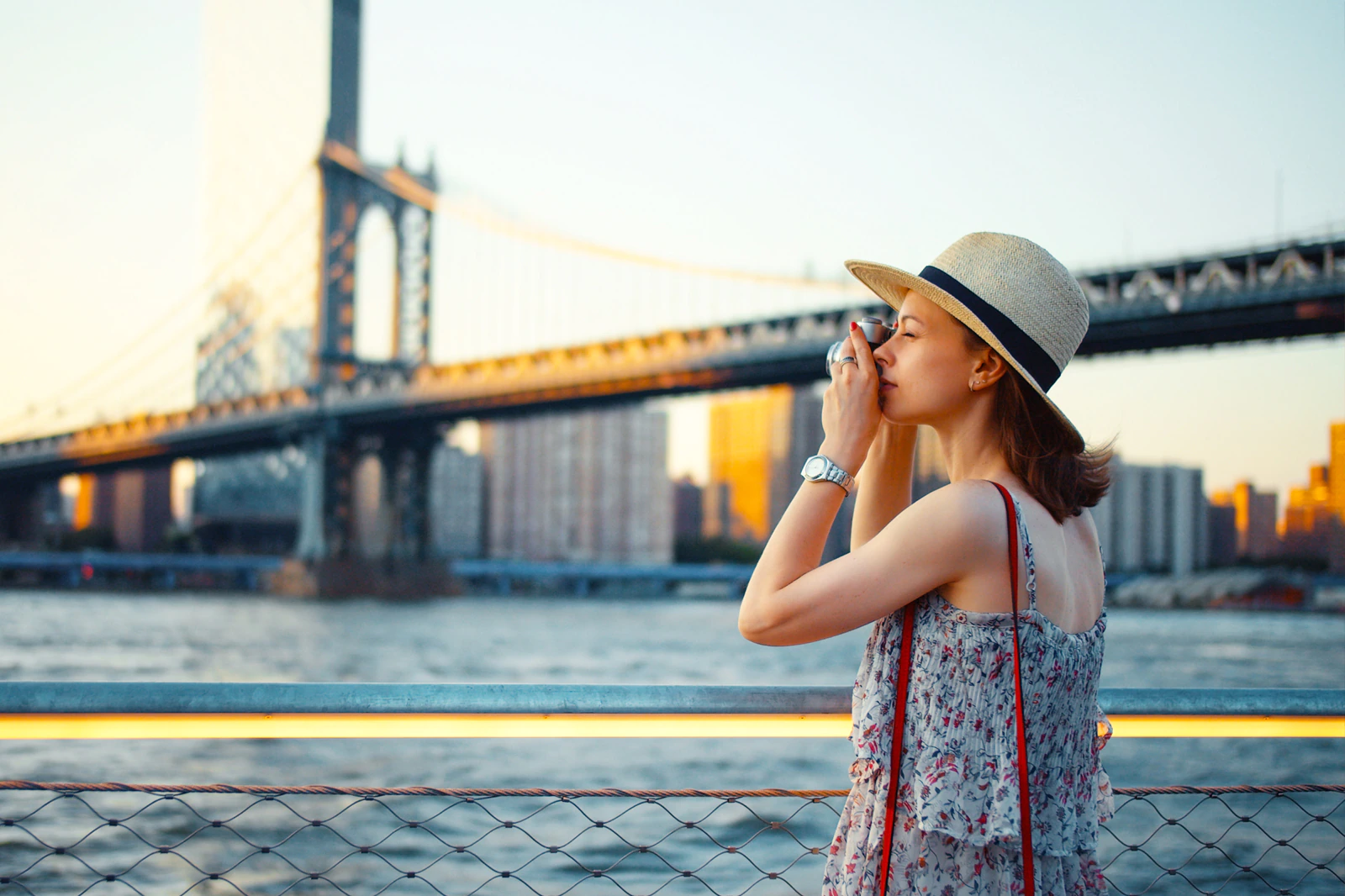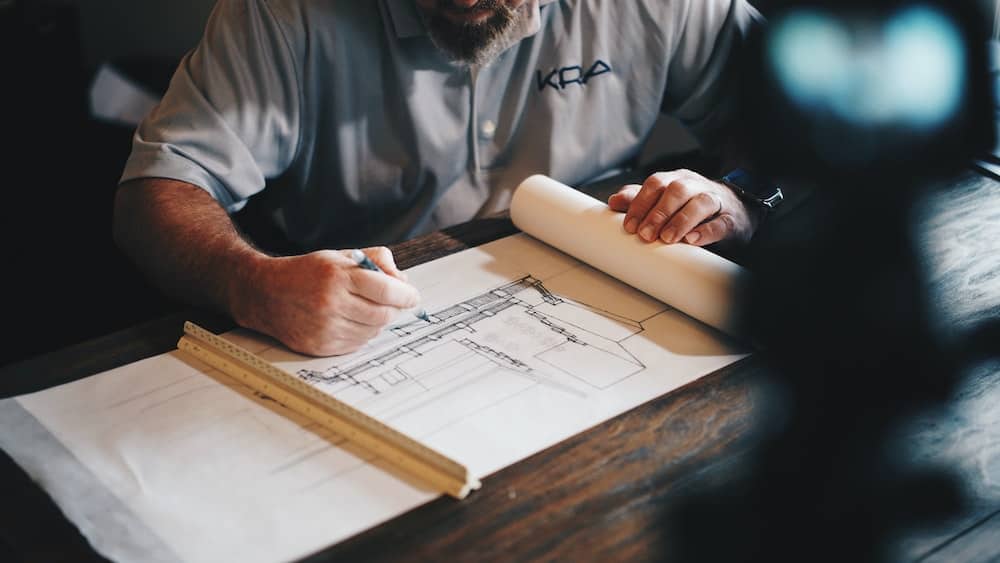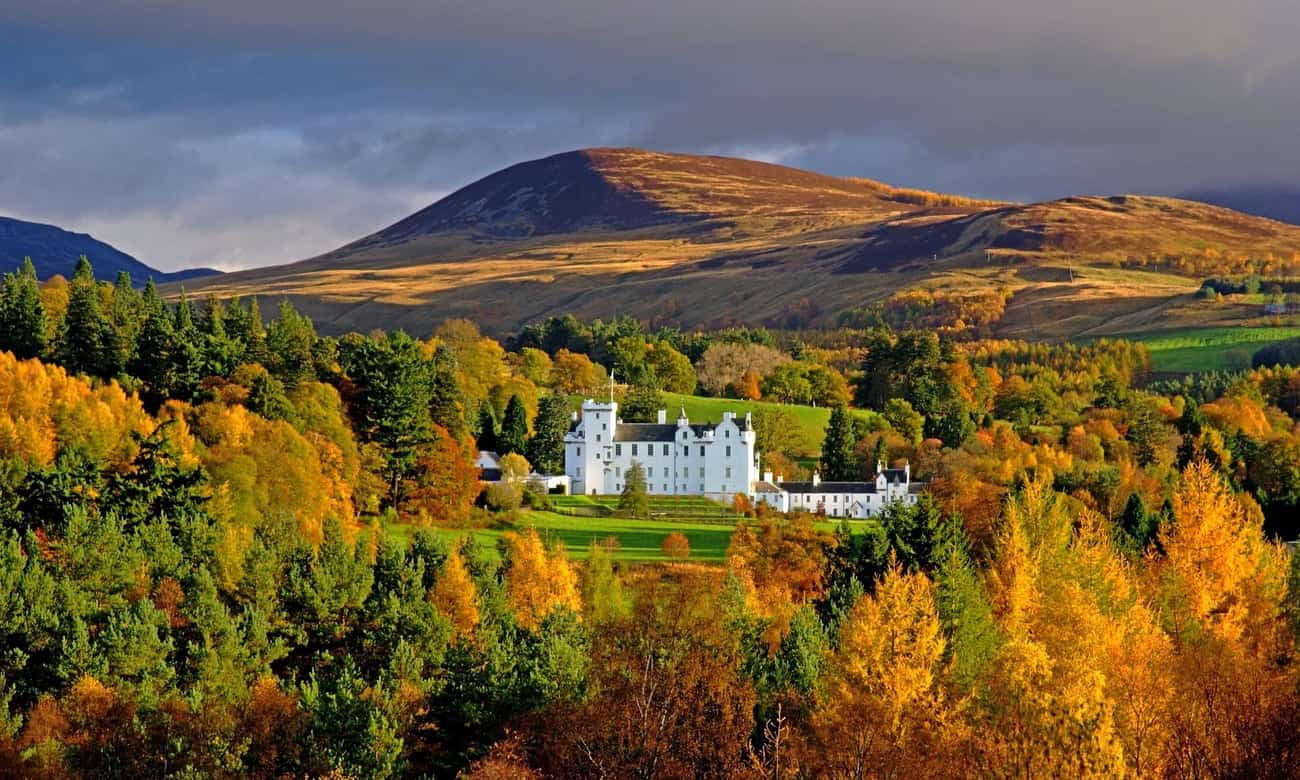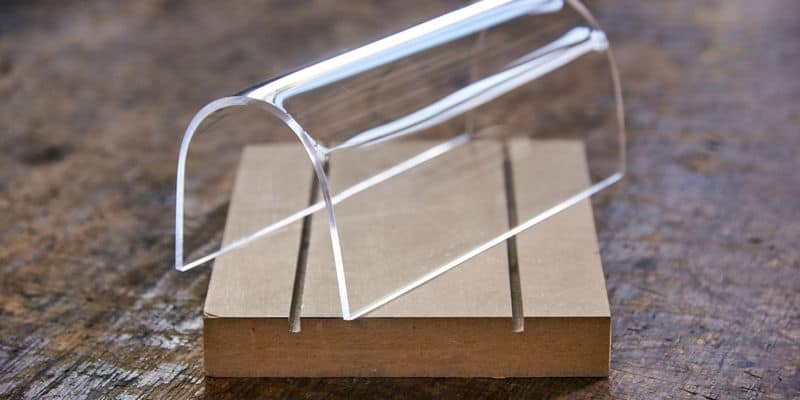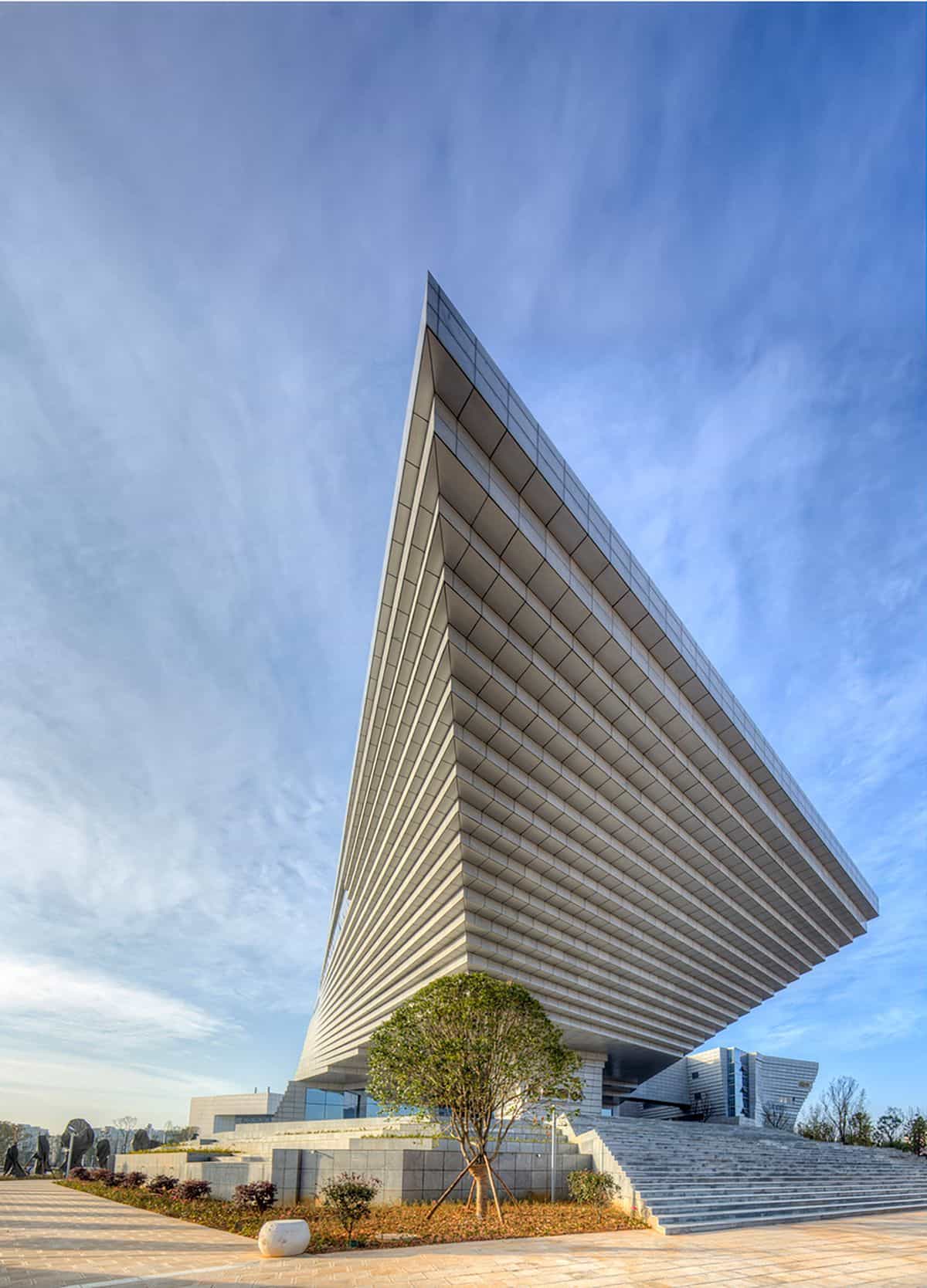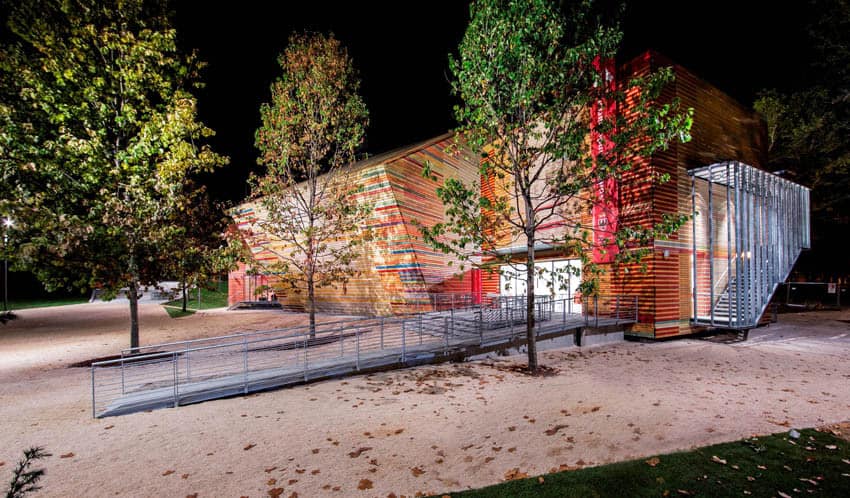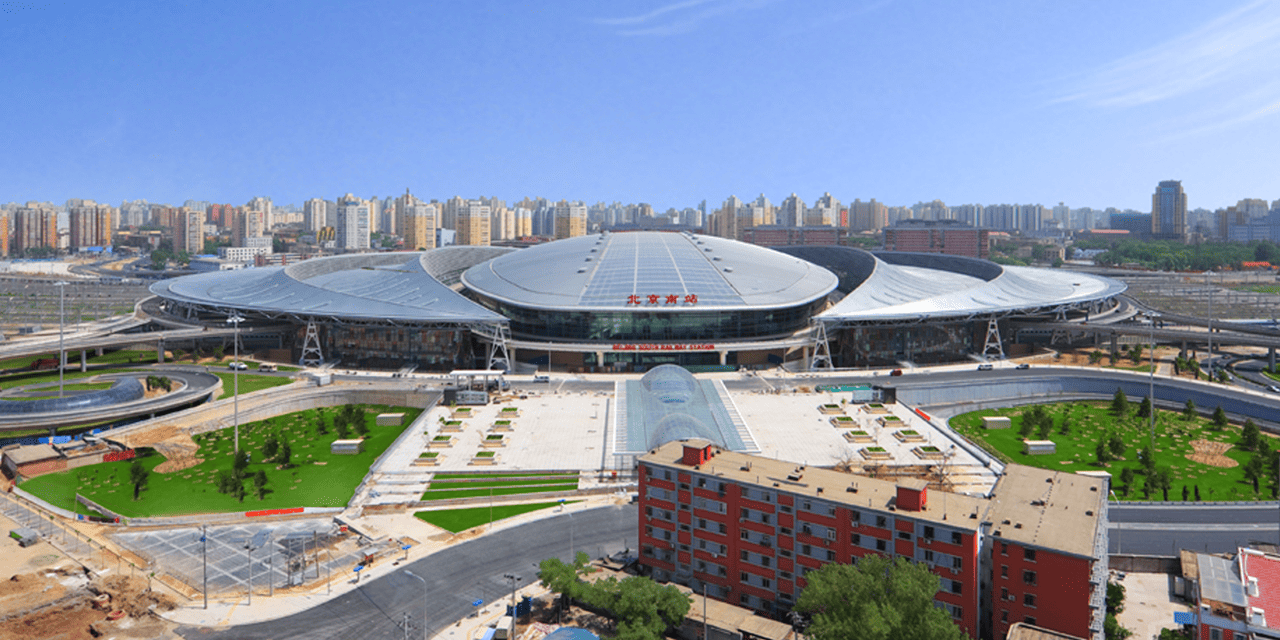Not so far from Dallas City‘s concrete jungle, shimmering lights and labyrinthine expressways is the Trinity River Audubon Centre, located in the largest urban hardwood forest in the United States.
Designed by 2006 AIA Gold Medalist Antoine Predock and BRW Architects, the center is a post-modern form that is scultped by elements of the natural world – earth, water, and air. It’s form, spaces and materials were inspired by it’s immediate surrounding, making it an indigenous gem that blends in perfectly.
It’s program mainly focuses on environmental education giving an introduction to the riparian habitats along the trinity and the species who make it their home. Today, visitors experience a transition to the forest and river ecosystems, and gain an understanding of this unique place that supports the safe coexistence of people, wildlife and vegetation.
The 6,000-acre Great Trinity Forest supports a diverse community of plant and animal species and contains a unique mixture of bottomland hardwoods, wetlands and grasslands. The forest flourishes along the Trinity River, both of which had become neglected with large areas being used as illegal dump sites. In fact, the site on which the Audobon Centre is located was a reclaimed dumping site.
The $37 million reclamation and conservation project, funded by the City of Dallas, can serve as an example to green belts around the world. This is a true success story of land restoration and innovation in architecture. It began with a extensive master plan for the entire Trinity River corridor. Potential Sites were identified for several projects, a massive restoration project was planned which included the cleanup of the illegal dump sites, flood mitigation work was coordinated with the army corps of engineers and a site was selected for the Audubon Centre.
Visitors approach the new center on an entry boardwalk weaving though reconstituted prairie, wetlands and slivers of forest. Basically, the entrance is a transitional process that does not just involve a foyer and door differentiating between the inside and outside.
The interior of the project was developed to provide the owner and end user with flexible spaces that would adapt for many uses. The larger open rooms provide spaces that can accommodate exhibits, receptions, conferences and other organized gatherings. The exhibit hall has a series of presentation elements that can evolve over time, interactive display components that can adapt for various themes, and an audio visual space that can be modified for a number of multi-media presentations.
The educational wing has a series of classrooms and laboratories that are connected to allow movable partitions to adapt the scale of each room. Floor to ceiling window glazed facades provide sufficient daylighting to the spaces. The play of window angles and roof overhangs act as sun-shading for the classrooms.
An outdoor ramped corridor reduces the square footage of interior conditioned space and provides elevated views of the site and interaction with the outdoors. Upon entering the building visitors continue their journey to the weathering steel clad exhibit wing with it’s apertures providing views from the exhibits to focal landscape events. Exterior spaces extend out from each of the wings; deep overhangs provide cooling shade for outdoor activities and connections to the trail heads. Oblique views to reconstituted wetlands are framed as the boardwalk tracks along the suspended educational “Treehouse” wing of the center.
On sustainability, the Audubon Centre is the first LEED-Certified building constructed by the Parks and Recreation Department of Dallas, Texas. It includes a vegetated roof, rainwater collection systems, recycled construction materials and energy eficient systems. Preweathered Steel, a surface Zahner designed for long-term durable exterior steel surfaces is predominant on the facade.
The building also serves as a trailhead for an extensive network of hiking, biking, and nature trails extending through the Trinity forest and along the Trinity River. It offers everyone the opportunity to connect to nature and to experience the outdoors all year round.
Project Information
Architects: Antoine Predock and BRW Architects
Location: Dallas, Texas, the United States of America
Completion: 2008

